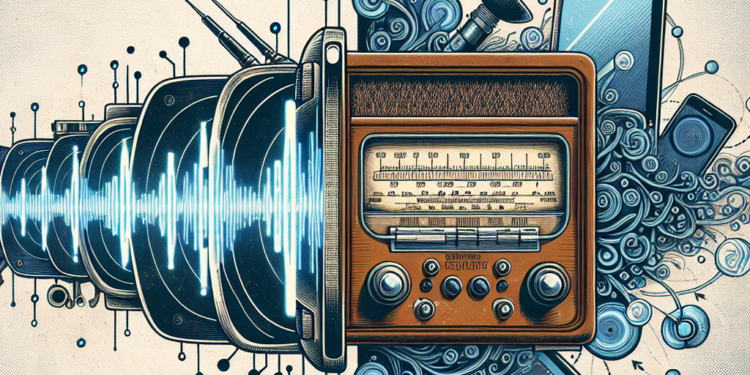Shortwave Radio Today: Why It Still Matters in a Digital Age
In an era dominated by streaming services and on-demand media, shortwave radio remains a vital medium for communication, information dissemination, and global connectivity. Despite the rise of digital technologies, shortwave radio retains a significant place in the media landscape, serving critical needs in various contexts.
One of the most compelling reasons shortwave radio continues to be relevant is its accessibility. Unlike digital platforms that require stable internet connections, shortwave radio can be received in remote areas where connectivity is sparse. For instance, during humanitarian crises, organizations like Radio Free Europe/Radio Liberty leverage shortwave broadcasts to reach audiences in countries facing censorship or limited access to information. This technology ensures that people receive vital news about conflicts, health advisories, and other urgent matters.
Moreover, shortwave radio plays a crucial role in broadcasting information in times of disaster. During natural disasters, such as hurricanes or earthquakes, traditional communication infrastructures often fail. The BBC World Service uses shortwave radio as a reliable means to provide emergency updates to affected populations. By using shortwave frequencies, the BBC can reach even the most isolated areas, ensuring that essential information about evacuations and safety measures reaches those who need it most.
Broadcasting companies are also innovating by integrating shortwave radio with modern technologies. For instance, Deutsche Welle (DW), Germany’s international broadcaster, combines shortwave transmissions with digital platforms to enhance its global reach. They utilize shortwave for reaching audiences in countries where internet access is unreliable or restricted, while also providing online content for those who can access it digitally. This hybrid approach allows DW to cater to diverse audience needs, combining traditional broadcasting with modern communication.
Additionally, shortwave radio serves cultural and linguistic diversity. Stations like Radio Canada International (RCI) broadcast in multiple languages, allowing diaspora communities to stay connected with their culture and homeland. For example, shortwave transmissions targeting Far Eastern audiences enable Chinese and Korean expatriates to keep abreast of news and cultural events from their countries. This type of broadcasting fosters a sense of community and continuity among listeners, allowing them to maintain their cultural ties despite geographical distances.
Another aspect that makes shortwave radio notable is its role in the promotion of freedom of speech. In authoritarian regimes, where censorship and media control are prevalent, shortwave radio can bypass government restrictions. Stations like Voice of America (VOA) provide uncensored news and information to countries with limited media freedom. This ability to inform citizens about political developments and human rights issues is crucial in empowering individuals and promoting democratic dialogue.
As the digital age progresses, shortwave radio does not stand alone; rather, it complements modern forms of communication. Its unique advantages – global reach, accessibility, and resilience in crises – demonstrate its enduring importance. While future technologies will continue to evolve, the lessons from shortwave radio highlight the necessity of maintaining diverse communication channels. For many, this captivating medium remains a lifeline, fostering understanding and connection across borders.
In conclusion, shortwave radio’s blend of tradition and innovation positions it as a significant player in today’s media landscape, ensuring that it continues to matter even as the world becomes increasingly digital.













